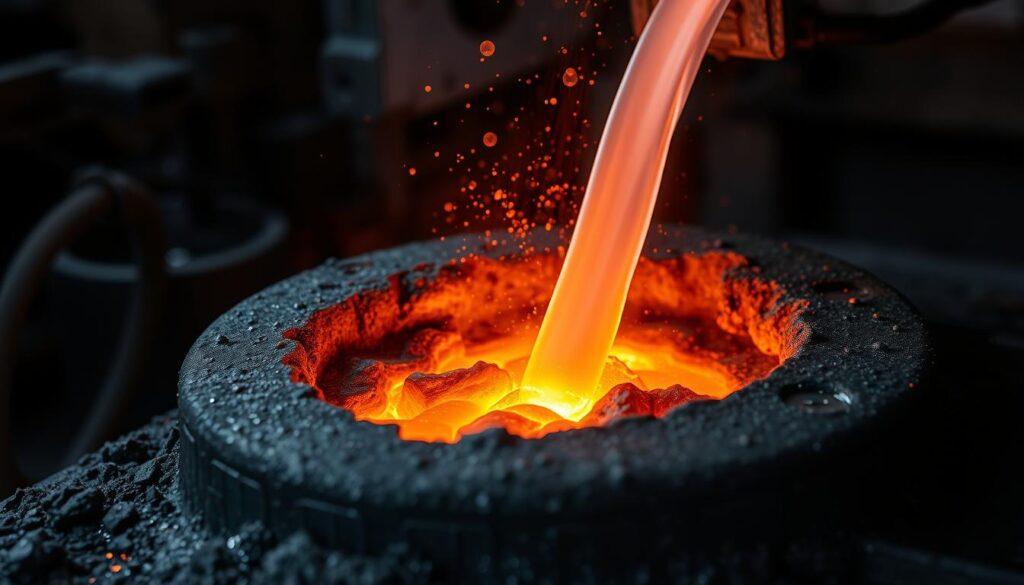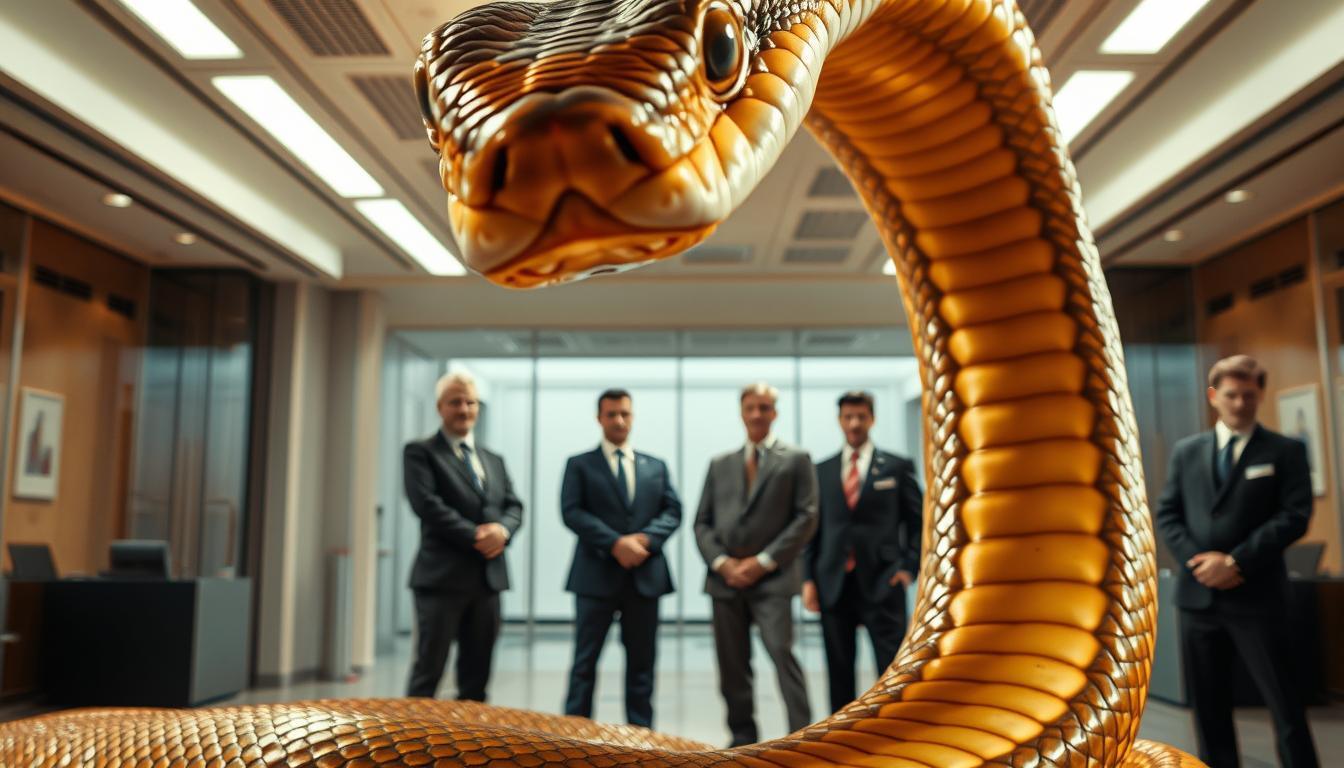Understanding the Alloying Mental Model
The alloying process creates materials stronger than their individual components
The alloying mental model borrows from metallurgy, where combining metals creates an alloy with superior properties. Bronze, for example, results from mixing copper and tin, while steel—one of humanity’s most important building materials—comes from combining iron with carbon.
As a mental model, alloying represents the powerful idea that combining different perspectives, skills, or ideas can create outcomes that exceed what any single component could achieve alone. It’s when 1+1 equals more than 2.
An alloy is a metal that’s combined with other substances to create a new metal with superior properties. For example, the alloy may be stronger, harder, tougher, or more malleable than the original metal.
Real-World Examples of Alloying in Action

In Teams and Organizations
Great teams are human alloys. Consider successful sports teams where defenders, midfielders, and attackers combine their specialized skills to achieve what no individual player could. In business, effective managers don’t just push teams to work harder—they engineer the right alloy of personalities, skills, and perspectives.
When Apple combined Steve Jobs’ visionary design sense with Steve Wozniak’s technical brilliance, they created something neither could have built alone. This complementary partnership exemplifies the alloying mental model perfectly.
In Personal Relationships
Have you noticed how some friendships or partnerships bring out your best qualities? As Francis Bacon wrote: “Whosoever hath his mind fraught with many thoughts, his wits and understanding do clarify and break up, in the communicating and discoursing with another.”
In relationships, alloying occurs when each person’s strengths compensate for the other’s weaknesses, creating a stronger unit. One person might excel at emotional support while the other brings practical problem-solving skills.
None of us is as smart as all of us.
In Creative Processes
Consider how different artistic influences combine to create new genres. Jazz emerged from the alloying of African rhythms with European harmonies. Modern cuisine often results from fusion—combining culinary traditions to create dishes with unique flavors that honor multiple heritages while creating something entirely new.
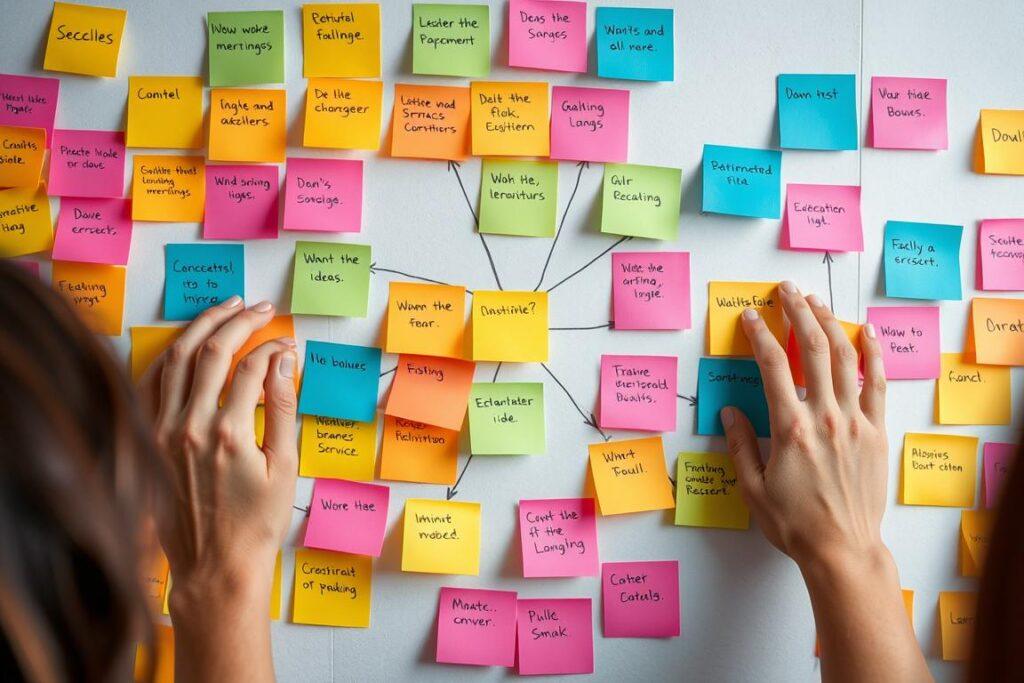
Where have you seen alloying at work in your own life? Take a moment to reflect on times when combining perspectives led to better outcomes.
Benefits of Applying the Alloying Mental Model
Overcoming Limitations
We all have blind spots and limitations. By intentionally combining our perspective with others who think differently, we can overcome these limitations and achieve more comprehensive understanding.
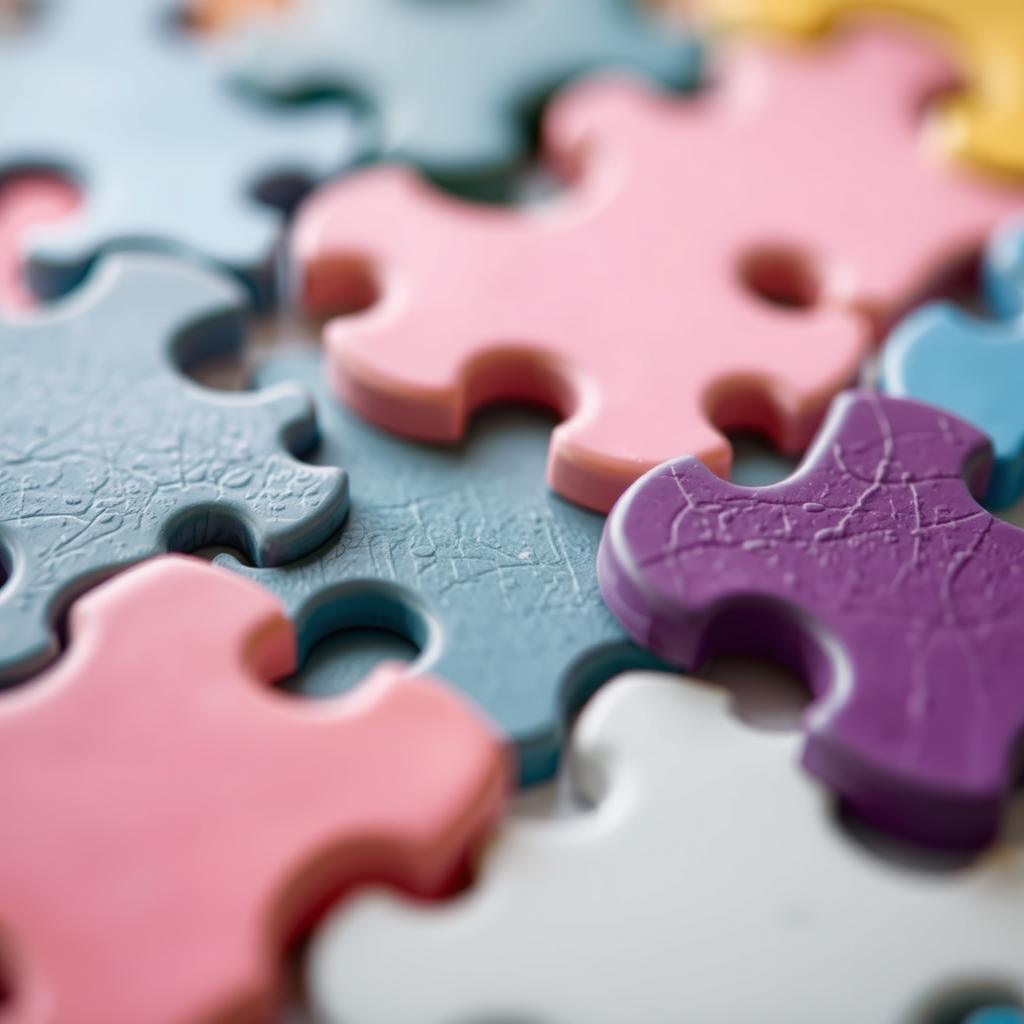
Enhanced Innovation
When diverse ideas collide, innovation often results. The alloying mental model encourages us to seek out different viewpoints rather than surrounding ourselves with like-minded thinkers.
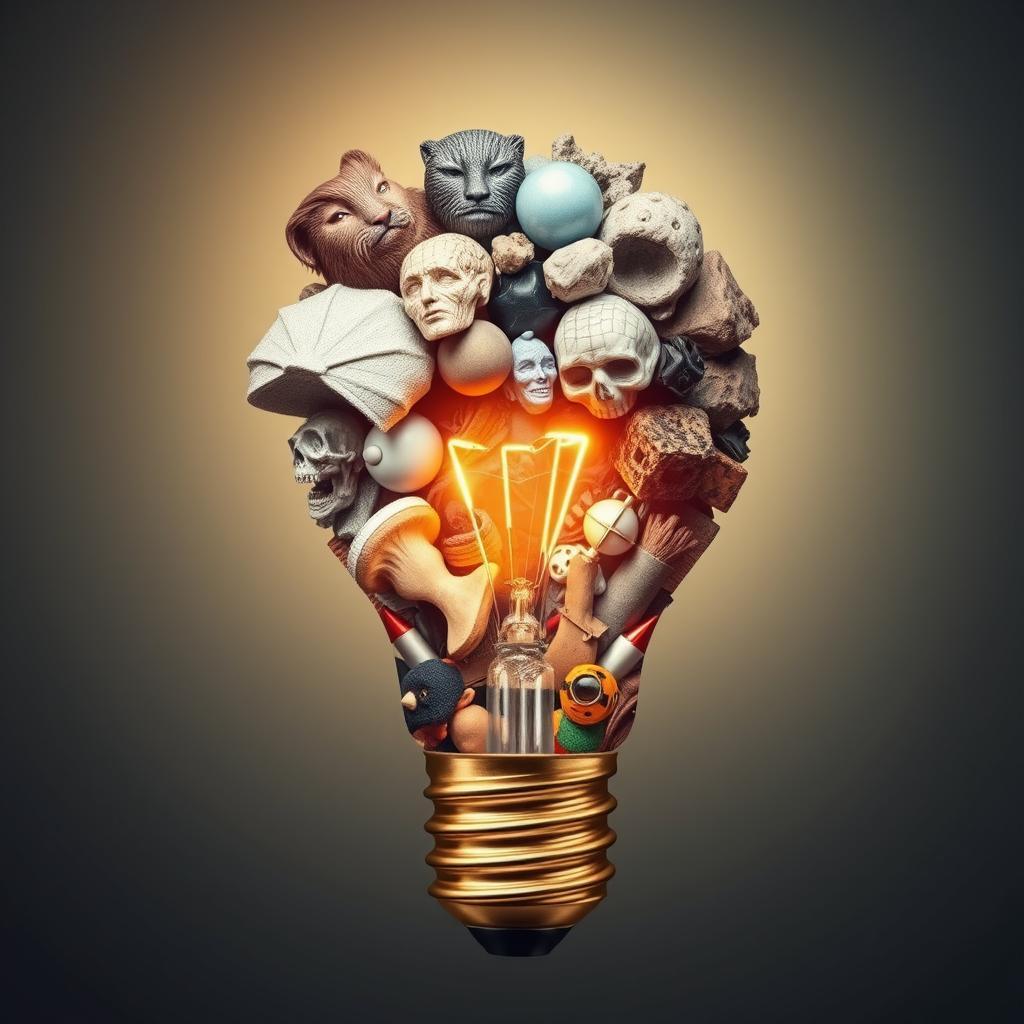
Resilient Solutions
Solutions developed through alloying tend to be more resilient because they’ve been examined from multiple angles. Like how steel withstands forces that would break pure iron, alloyed thinking creates robust outcomes.

Reflection Question: Think about a recent challenge you faced. How might bringing in a different perspective have led to a better outcome?
How to Apply the Alloying Mental Model
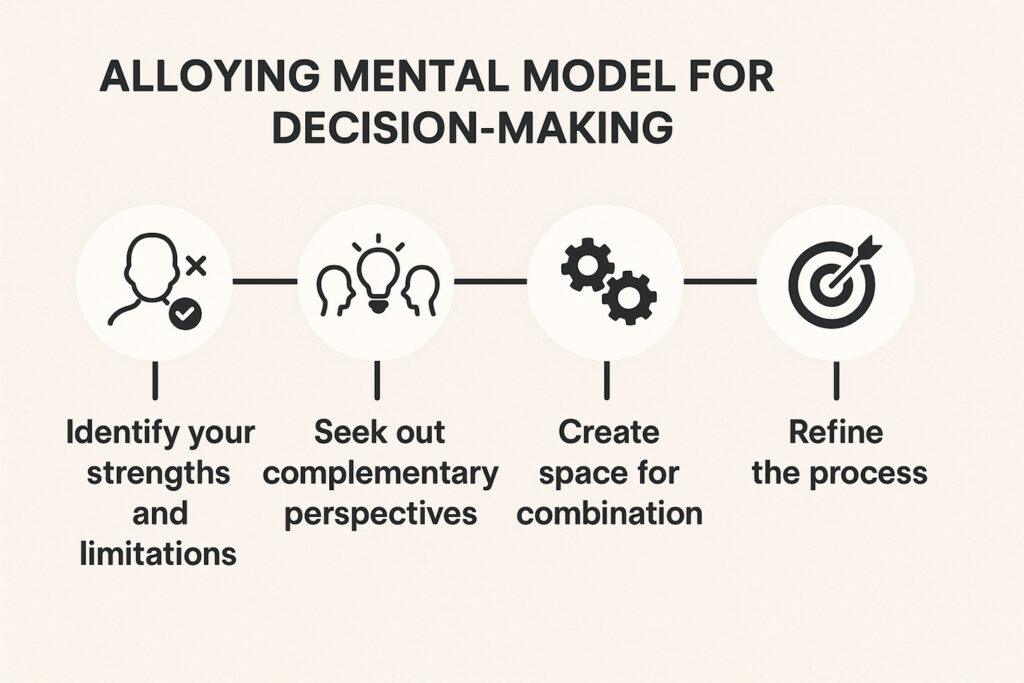
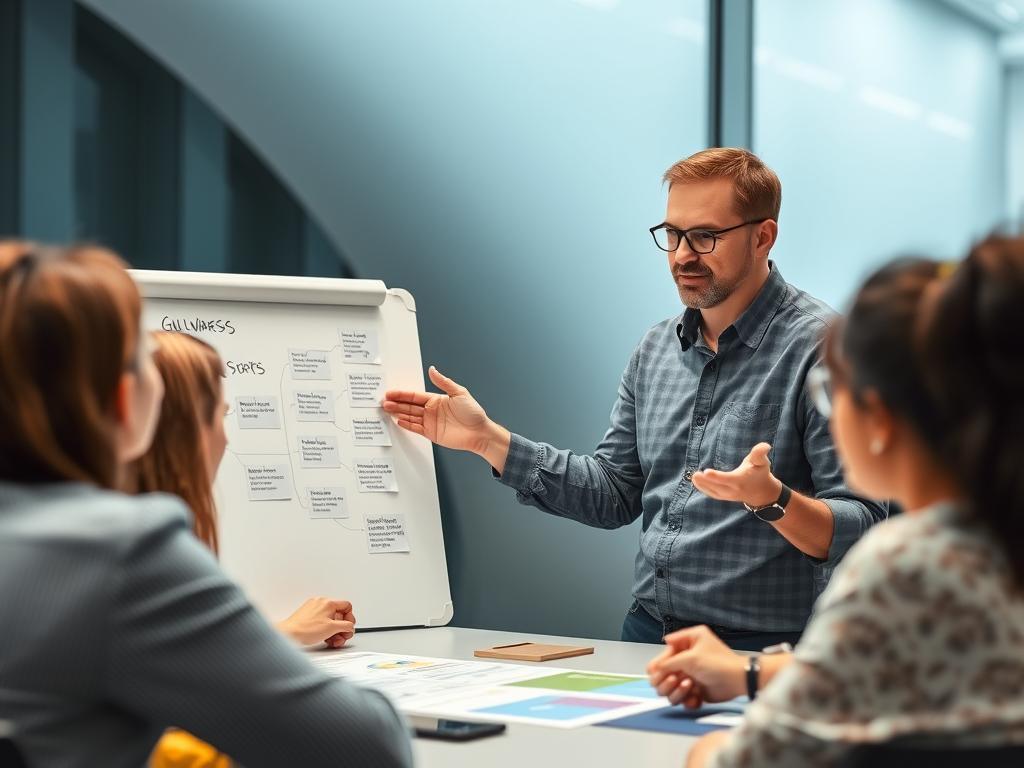
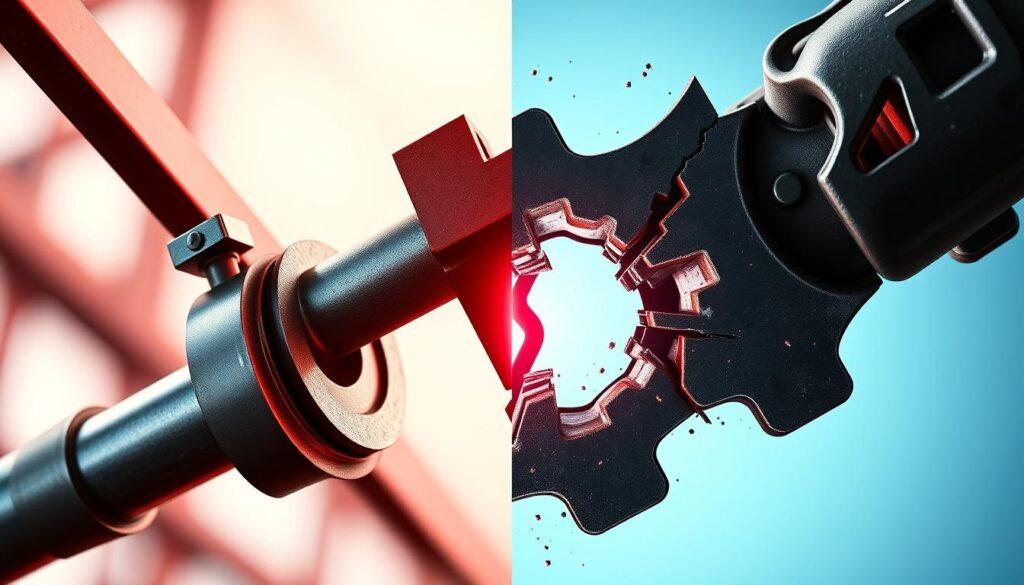
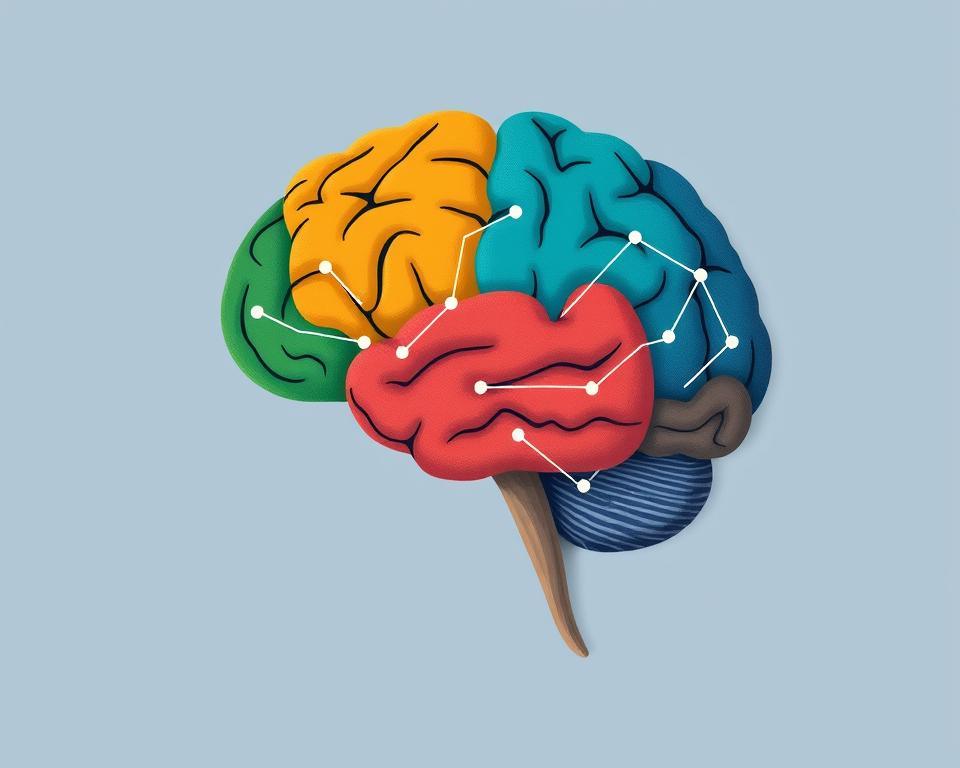
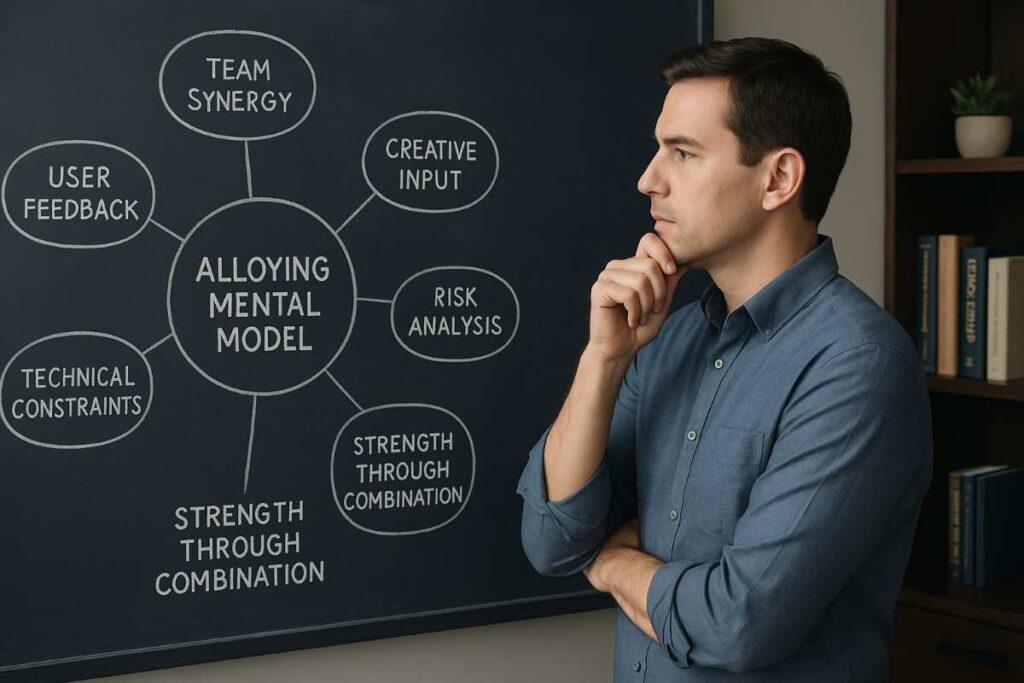
- Identify your strengths and limitations. Before you can create an effective alloy, you need to understand your own components. What are you good at? Where do you struggle? Self-awareness is the foundation.
- Seek out complementary perspectives. Look for people who think differently than you do. If you’re detail-oriented, find someone who sees the big picture. If you’re creative, partner with someone analytical.
- Create space for combination. Alloying doesn’t happen automatically. Create environments where ideas can be freely shared and combined without judgment.
- Test your alloys. Not all combinations work well. Be willing to experiment with different partnerships and collaborations to find the most effective ones.
- Refine the process. Like metallurgists who carefully adjust their formulas, pay attention to what works and refine your approach to alloying over time.
Note:
This is a good place to apply the second-order thinking mental model as well. Alloying encourages us to combine strengths. Second-order thinking pushes us to think about the long-term effects of those combinations.
Together, they help us build stronger decisions. They also help us forecast their future impact.
In Teams
If you’re a leader, think of yourself as an alloy engineer. Your job isn’t just to hire talented individuals but to create the right combination of skills and perspectives.
Consider using tools like personality assessments not to pigeonhole people but to understand how different team members might complement each other.
In Personal Growth
Intentionally seek out mentors, friends, or partners who complement your weaknesses. If you struggle with organization, don’t just try to force yourself to be more organized—consider how you might combine your strengths with someone who naturally excels at structure.
In Problem-Solving
When faced with a difficult problem, resist the urge to tackle it alone. Instead, gather diverse perspectives. This doesn’t mean decision-by-committee, but rather enriching your thinking with different viewpoints before making a choice.
Potential Pitfalls and Considerations
Strengths of Alloying
- Creates outcomes greater than the sum of parts
- Compensates for individual weaknesses
- Leads to more innovative solutions
- Builds stronger relationships and teams
- Develops more resilient strategies
Challenges of Alloying
- Not all combinations work well together
- Requires vulnerability and openness
- Can create friction and disagreement
- Takes time to find the right balance
- May be resisted by those who prefer working alone
Just as not all metal combinations create useful alloys, not all combinations of people or ideas work well. Some personalities clash rather than complement. Some ideas, when combined, create confusion rather than clarity.
The key is to approach alloying with intentionality and awareness. Be willing to adjust the formula when something isn’t working, and recognize that finding the right combination often takes experimentation.
Important: Alloying works best when each component maintains its integrity while contributing to the whole. Don’t try to force people to become something they’re not—instead, value their unique contribution to the alloy.
Step-by-Step Guide to Applying the Alloying Mental Model
Applying the alloying mental model isn’t just a theory. It’s a real way to make better choices and work better together. Here’s how to do it:
- Identify your strengths and limitations – Start with knowing yourself. Understand what you’re good at and where you need help.
- Seek out complementary perspectives – Find people who can challenge your views or fill in your gaps.
- Create space for combination – Make sure everyone can talk openly. Create a safe space for sharing and combining ideas.
- Refine the process – Improvement takes time. Keep working on it, making changes as needed.
This method is like refining steel. It’s tested, tempered, and perfected for its best strength.
Key Takeaways About the Alloying Mental Model
What is the alloying mental model?
The alloying mental model applies the metallurgical concept of combining metals to create stronger alloys to human interactions, ideas, and problem-solving. It represents how combining different perspectives or skills can create outcomes greater than what any individual component could achieve alone.
When should I apply the alloying mental model?
Apply this model when facing complex problems, working in teams, building relationships, or whenever you recognize that your individual perspective might be limited. It’s particularly valuable when innovation is needed or when you’ve reached the limits of what you can accomplish alone.
How do I find the right components for my alloy?
Look for people or ideas that complement your weaknesses while adding unique strengths. The best alloys often come from combining elements that are different enough to add value but compatible enough to work together harmoniously.
Great teams are alloys. They’re forged from a combination of skills, stronger together than any one part, and ideally connected by a shared purpose.
The alloying mental model reminds us that our greatest achievements rarely come from working in isolation. By intentionally combining different perspectives, skills, and ideas, we can create outcomes that none of us could have achieved alone.
Putting the Alloying Mental Model Into Practice
Remember that like metallurgical alloying, the process takes both science and art. Be patient as you experiment with different combinations, and celebrate the unique strength that comes from bringing diverse elements together.
Reflection Questions:
- Where in your life do you observe alloying already happening?
- What current challenge might benefit from applying this mental model?
- Who in your life complements your strengths and weaknesses?
